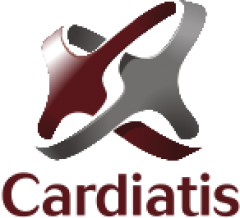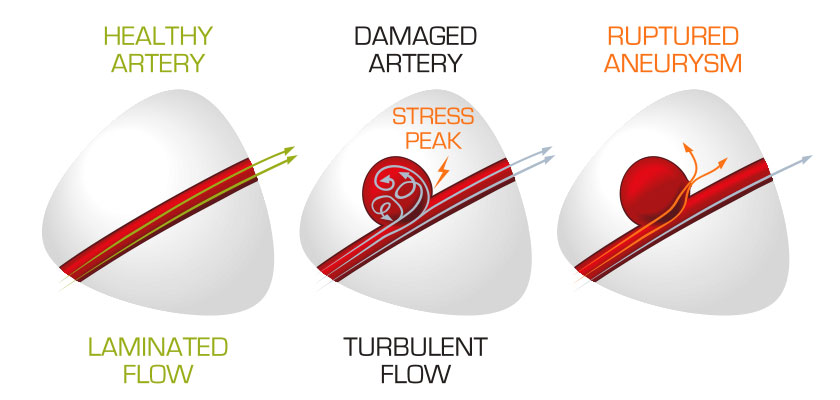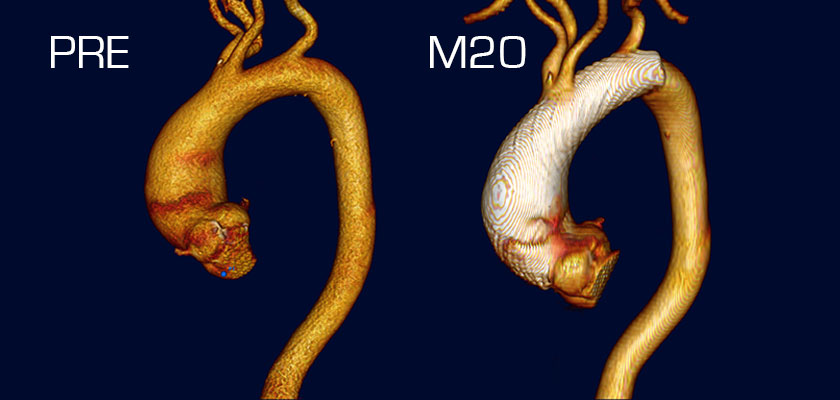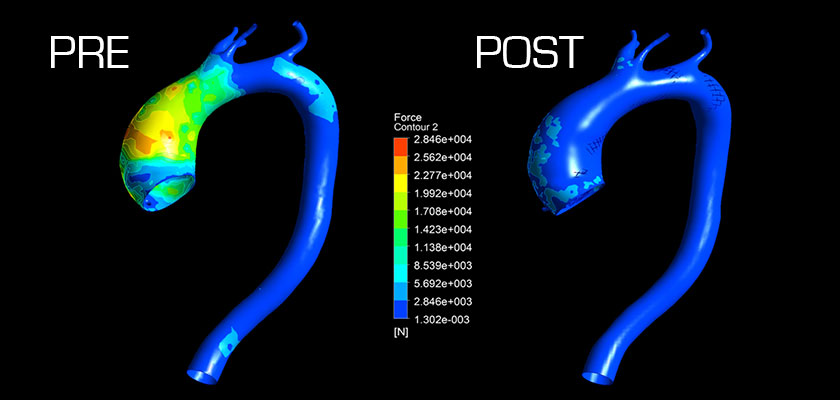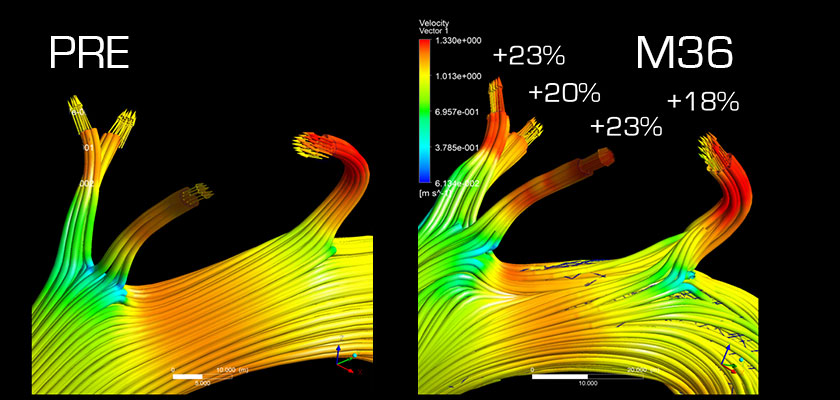Patient
The Multilayer Flow Modulator (MFM®) technology has been under development for a decade with the objective of offering a new approach to treatment of aneurysms. Since 2009, more than 4000 MFM® devices have been implanted, with proven benefits in terms of healing aneurysms, reducing the duration of hospital stays, and improving quality of life.
Please discuss appropriate treatment options with your physician.
Aneurysm: a Silent Killer
An aneurysm is a balloon-like bulge in an artery. The aneurysm is caused by a weakening of the artery wall that induces turbulent blood flow in the vessel. This turbulence creates radial pressure and shear stress on the artery wall.
If not treated, the continuous stress on the artery wall — at every heartbeat — can lead to rupture of the artery wall and massive bleeding. An aneurysm can appear in any artery — abdominal aorta, thoracic aorta, femoral artery, iliac artery, popliteal artery, or cerebral artery.
While the prevalence and incidence of aneurysms vary in different populations, aneurysms affect many people every year and cause numerous deaths.
The Value of Endovascular Treatment
Since the 1990s, endovascular therapy — in which a small medical device is guided and deployed in the body via a catheter — has increasingly become the primary therapeutic option for aneurysm treatment. Endovascular therapy is minimally invasive and allows faster patient recovery and shorter hospital stays than traditional open surgery.
Currently around 80% of aortic aneurysm procedures performed in the United States and 60% of procedures performed in the European Union are endovascular treatments (versus open surgery).
The MFM®: Focused on Healing
MFM® devices differ from current endovascular solutions by focusing on hemodynamics — the flow of blood — to heal the aneurysm naturally.
Due to their three-dimensional braided mesh, MFM® devices act as flow modulators that can transform the turbulent blood flow in the aneurysm into a smooth and controlled laminar flow. This laminar blood flow decreases or eliminates radial pressure and shear stress on the artery wall — the main threats of the aneurysm thant can lead to rupture and massive bleeding.
Because the MFM® devices are not covered, they make it possible to keep branch arteries clear and open, helping to avoid paraplegia and other adverse events.
Furthermore, the laminar flow that the MFM® promotes inside the aneurysm facilitates the creation of an organized thrombus and the generation of new aortic tissue on the device, helping the body to integrate the MFM® in a unique healing process.
The MFM® represents a completely new approach to treating aneurysms, with a focus on healing rather than on excluding aneurysms.
